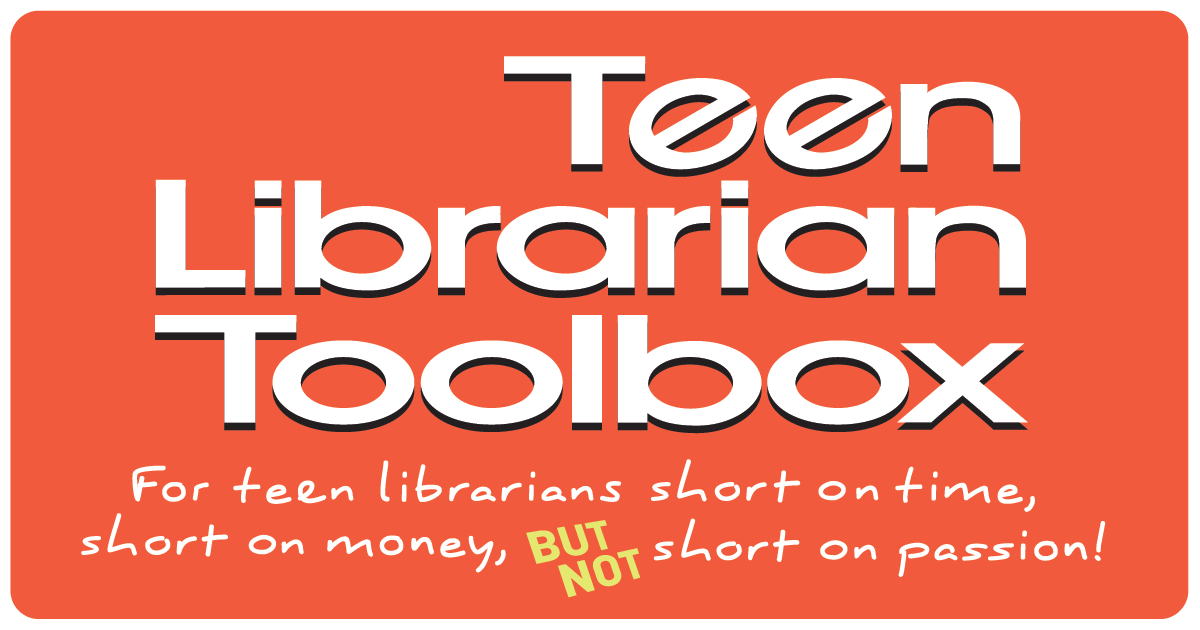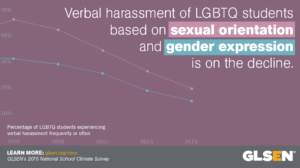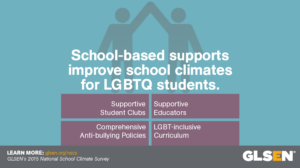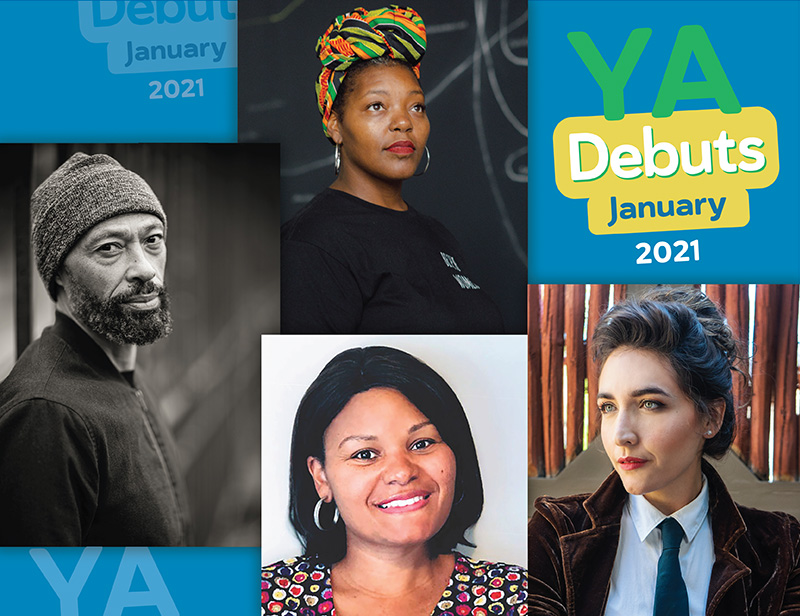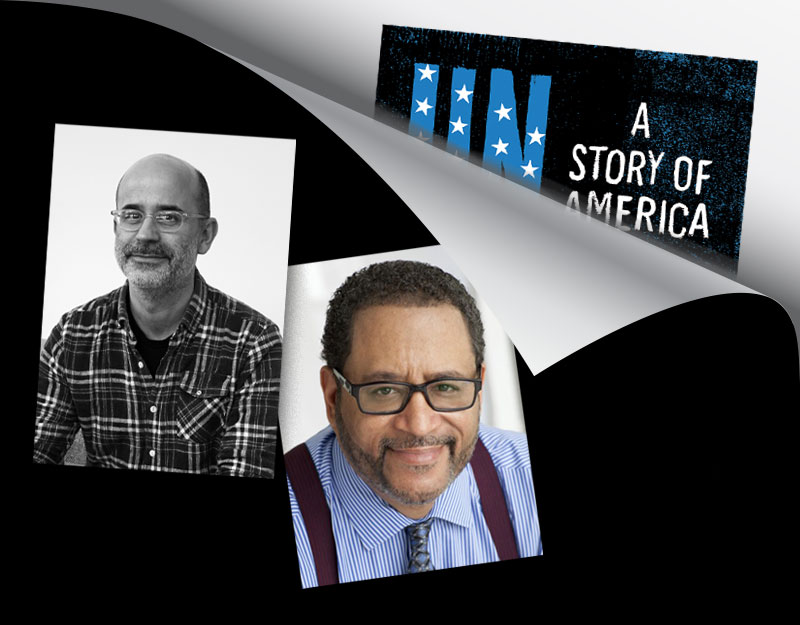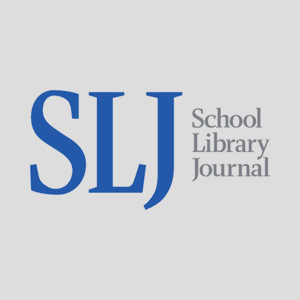National School Climate Survey results about LGBTQ students’ experiences in school
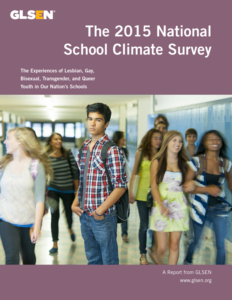 GLSEN, the Gay, Lesbian and Straight Education Network, released its biennial National School Climate Survey, which documents the experiences of LGBTQ students from across the country, in mid December 2016. The good news is that things have improved slightly from their 2013 survey. The bad news is that it’s still really ugly out there.
GLSEN, the Gay, Lesbian and Straight Education Network, released its biennial National School Climate Survey, which documents the experiences of LGBTQ students from across the country, in mid December 2016. The good news is that things have improved slightly from their 2013 survey. The bad news is that it’s still really ugly out there.
174 page report (which is available as a PDF) looks at discrimination, harassment, assault, biased language, school resources and support, and more, and examines how these factors affect educational performance, safety, and mental health of LGBTQ teens. The report is filled with statistics, charts, and graphs that drive home the point that LGBTQ students face a lot of opposition at school and frequently don’t feel safe or supported. Being knowledgeable of the potential struggles and understanding where they (and you!) can go to find useful resources (books, websites, helplines, etc) is a major step in the right direction. As GLSEN reports, “The survey has consistently indicated that specific school-based supports are related to a safer and more inclusive school climate, including: supportive educators, LGBT-inclusive curriculum, comprehensive anti-bullying policies, and supportive student clubs, such as Gay-Straight Alliances (GSAs).” Also, “For the first time, GLSEN’s National School Climate Survey also includes insights on bisexual student experiences, school policies that specifically affect transgender students, and anti-bullying student education. The survey also asks students about discriminatory policies and practices around extracurricular activities and traditions like graduation, portraits, homecoming and prom.” (See here for the media release, where this quote came from, for more quick facts.) This report should be required reading for anyone who works with teenagers.
ADVERTISEMENT
ADVERTISEMENT
The following data is taken from the survey results.
Findings of the 2015 National School Climate Survey include:
Anti-LGBTQ Remarks at School
• Just over two-thirds of LGBTQ students heard the word “gay” used in a negative way often or frequently at school.
• More than half of LGBTQ students heard homophobic remarks such as “fag” or “dyke” often or frequently at school.
• Just under two-thirds of LGBTQ students heard negative remarks about gender expression often or frequently at school. Remarks about students not acting “masculine enough” were more common than remarks about students not acting “feminine enough.”
• Two-fifths of LGBTQ students heard negative remarks specifically about transgender people, like “tranny” or “he/she,” often or frequently.
• More than half of LGBTQ students heard homophobic remarks from school staff, and nearly two-thirds heard remarks from staff about students’ gender expression.
School Safety, Harassment, and Assault at School
• Close to 9 in 10 LGBTQ students were harassed at school.
• Sexual orientation and gender expression were the most common reasons LGBTQ students were harassed or assaulted at school.
• Nearly three quarters of students reported being verbally harassed at school because of their sexual orientation; more than half were verbally harassed because of their gender expression.
• Over a quarter of students reported being physically harassed at school because of their sexual orientation; 1 in 5 were physically harassed because of their gender expression.
• About 1 in 6 students reported being physically assaulted at school in the past year, primarily because of their sexual orientation, gender expression, or gender.
• Relational aggression, i.e. spreading rumors or deliberate exclusion, was reported by the vast majority of students.
• About half of students reported experiencing some form of electronic harassment (“cyberbullying”) in the past year.
• Over half of students were sexually harassed at school in past year.
The high incidence of harassment and assault is exacerbated by school staff who rarely, if ever, intervene on behalf of LGBT students.
The majority of LGBTQ students who were harassed or assaulted at school did not report these incidents to school staff.
• The most common reasons that LGBTQ students did not report incidents of victimization to school staff were doubts that effective intervention would occur, and fears that reporting would make the situation worse.
• Less than a third of LGBTQ who had reported incidents of victimization to school staff said that staff had effectively addressed the problem.
• When asked to describe how staff responded to reports of victimization, LGBTQ students most commonly said that staff did nothing or told the student to ignore it; 1 in 4 students were told to change their behavior (e.g., to not act “so gay” or dress in a certain way).
The report goes on to discuss:
*absenteeism (“[A] lack of safety may lead to missing school, which can result in a student being pushed out of school by school disciplinary or criminal sanctions for truancy or dropping out of school as a result of poor academic achievement or disengaging with school due to the days missed.”)
*academic achievement (“We assessed the relationship between school safety and educational aspirations for students in our survey and found that LGBTQ students who reported higher levels of victimization based on their sexual orientation or gender expression were more likely than other students to report lower educational aspirations.”)
*psychological well-being (“Previous research has shown that being harassed or assaulted at school may have a negative impact on students’ mental health and self-esteem. Given that LGBTQ students face an increased likelihood for experiencing harassment and assault in school, it is especially important to examine how these experiences relate to their well-being.”)
Additionally, it looks at discriminatory policies, discriminatory discipline, restrictions, and prohibitions regarding public displays of affection, attending dances, forming a GSA, writing about LGBTQ topics, etc. It breaks the data down by race, ethnicity, school type, location, region, and more.
ADVERTISEMENT
ADVERTISEMENT
GLSEN offers many recommendations for turning these statistics around, such as giving students more access to LGBTQ-related information (literature, history, etc), forming GSA groups, providing professional development to increase the number of supportive teachers and staff, ensuring school policies are not discriminatory, having anti-bullying and harassment policies that make it clear that they provide safety for LGBTQ students, and teaching an inclusive curriculum.
LGBTQ students experienced a safer, more positive school environment when:
– Their school had a Gay-Straight Alliance (GSA) or similar student club
– They were taught positive representations of LGBT people, history, and events through their school curriculum
– They had supportive school staff who frequently intervened in biased remarks and effectively responded to reports of harassment and assault
– Their school had an anti-bullying/ harassment policy that specifically included protections based on sexual orientation and gender identity/expression.
Previously at TLT:
Check out my previous post GLBTQ YA Resources for Building a Collection and Supporting Teens, which compiles articles and websites for great suggestions on books to add to your library collections and how to support GLBTQ youth. Another previous post here at TLT is Back to School: How to support and respect LGBTQIA+ students. More posts can be found by searching the tag LGBTQIA+ on the blog.
Also check out:
The Human Rights Campaign’s Welcoming Schools Project, which “is one of the few LGBT and gender-inclusive programs in the country that has a K-5 focus with resources to help elementary schools and educators address bias-based bullying—including anti-LGBT slurs and gender put-downs.”
From their site: GLSEN, the Gay, Lesbian & Straight Education Network, is the leading national education organization focused on ensuring safe and affirming schools for all students. Established in 1990, GLSEN envisions a world in which every child learns to respect and accept all people, regardless of sexual orientation or gender identity/expression. GLSEN seeks to develop school climates where difference is valued for the positive contribution it makes to creating a more vibrant and diverse community. For information on GLSEN’s research, educational resources, public policy advocacy, student organizing programs and educator training initiatives, visit www.glsen.org.
Filed under: #SJYALit
About Amanda MacGregor
Amanda MacGregor works in an elementary library, loves dogs, and can be found on Twitter @CiteSomething.
ADVERTISEMENT
ADVERTISEMENT
SLJ Blog Network
One Star Review, Guess Who? (#202)
Review of the Day: My Antarctica by G. Neri, ill. Corban Wilkin
Exclusive: Giant Magical Otters Invade New Hex Vet Graphic Novel | News
Parsing Religion in Public Schools
ADVERTISEMENT

